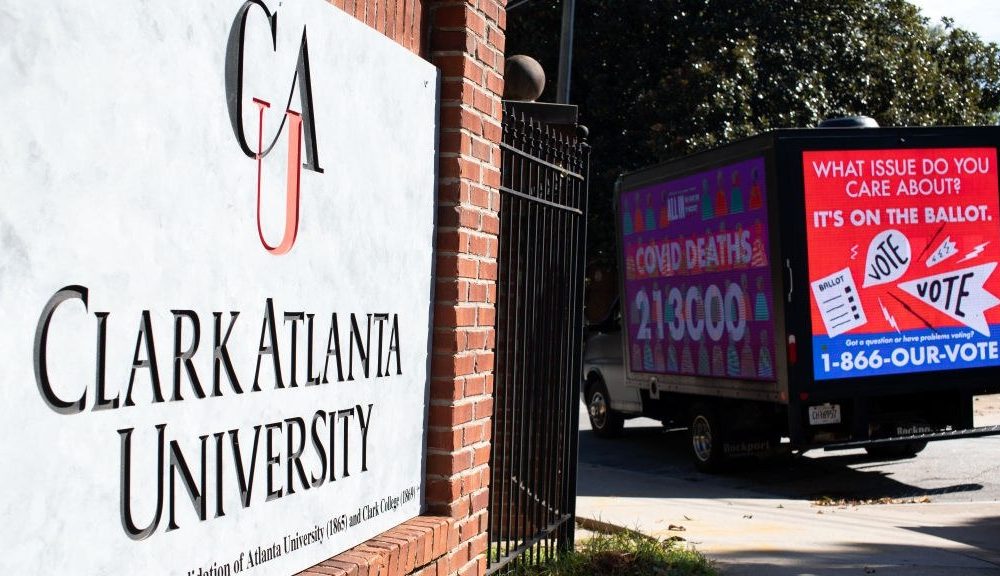Archived documents show that the University of Texas used tactics such as standardized testing to slow down the integration of African-American students during and after the civil rights movement.
What We Know:
- In 1955 the U.S Supreme Court made a decision in the Brown vs. Board of Education case that would shake tables. The ruling required schools, including institutions to integrate their classrooms and campuses.
- Asher Price revealed that many of the archived documents were listed as “confidential” and it aids in the notion that the university took a more subtle and secretive approach to lessen integration. They created an admission policy that centered itself around standardized testing. This exam strategy would ultimately decrease the number of African-American applicants.
- The University has a history of racial bias, a history built on white supremacy. Nine days after the Supreme Court ruling, a note was written by the ‘University of Texas’ registrar, part of the note reads, “Keep Negroes Out of Most Classes Where There Are a Large Number of Girls.”
- The “gap year” idea was temporarily adopted but soon rethought. A committee on “selective admissions” suggested that if UT loosened its’ graduate-application process they would be seen as making efforts to desegregate. This university clearly had a history of not being down with following mandated orders and tried to find loopholes around them; their graduate school was ordered to integrate in 1950 in the case involving Heman Sweatt.
- A standardized-test cutoff “point of 72 would eliminate about 10% of UT freshmen and about 74% of Negroes,” the committee stated in a footnote. “Assuming the distributions are representative, this cutting point would tend to result in a maximum of 70 Negroes in a class of 2,700.”
- “The university’s past history of discriminating against African Americans drives us to be leaders today in serving all qualified students,” Leonard Moore, vice president of diversity and community engagement at UT Austin, said in a statement. “After fighting integration at the Supreme Court in the 1950s, The University of Texas returned in the 2010s to successfully defend the educational benefits of diversity and the use of race and ethnicity as one factor in admissions.”
The University of Texas at Austin uses a form of affirmative action that aids in diversifying its’ campus, it states that students who graduated in the top 6 percent of their class will be admitted. In an article written by The Daily Texan in 2018, the article reveals that African-American students make up only 5 percent of the UT population.



